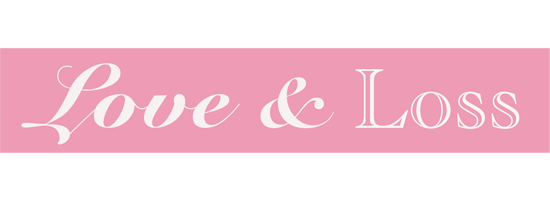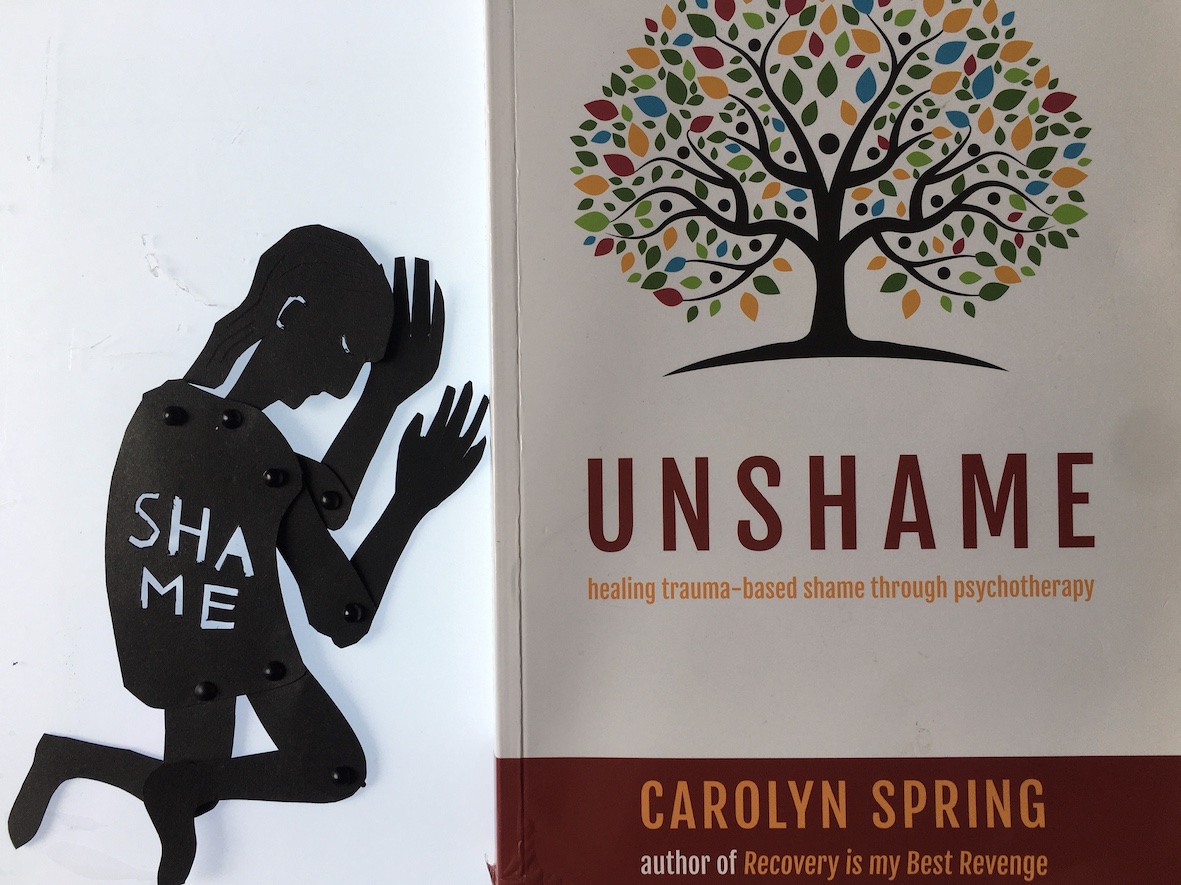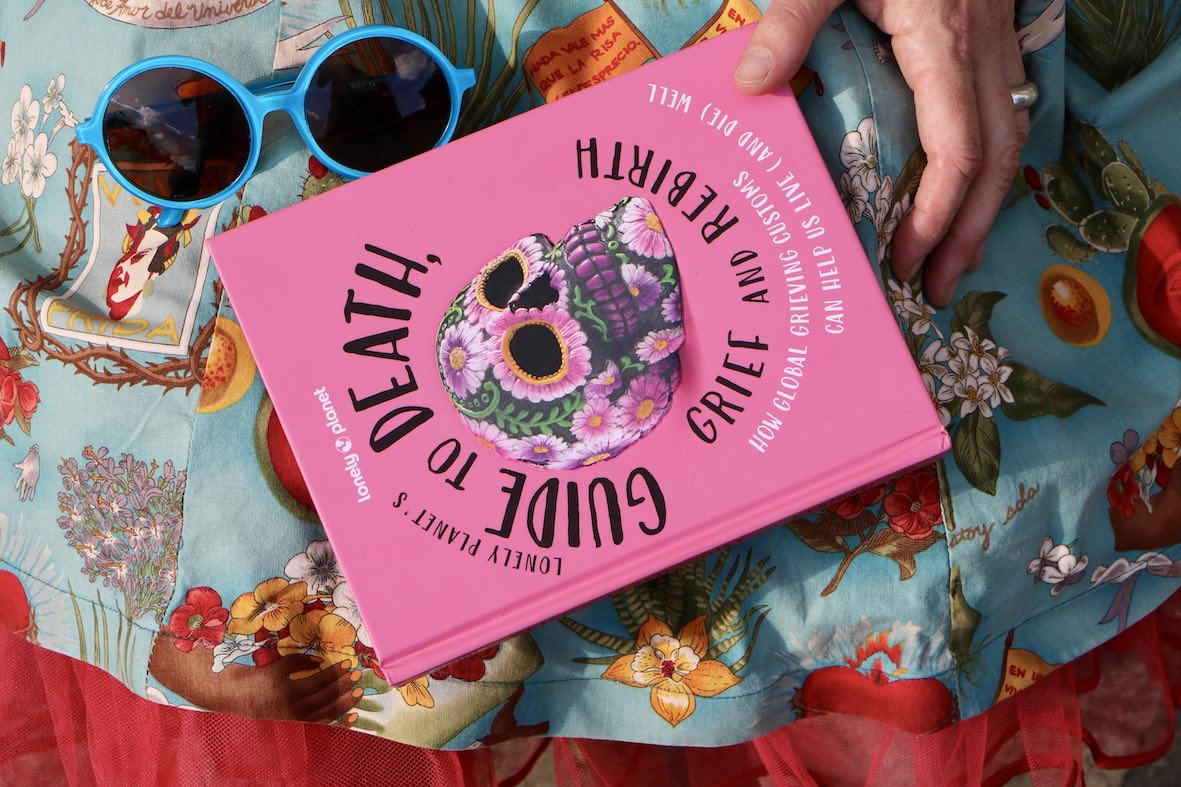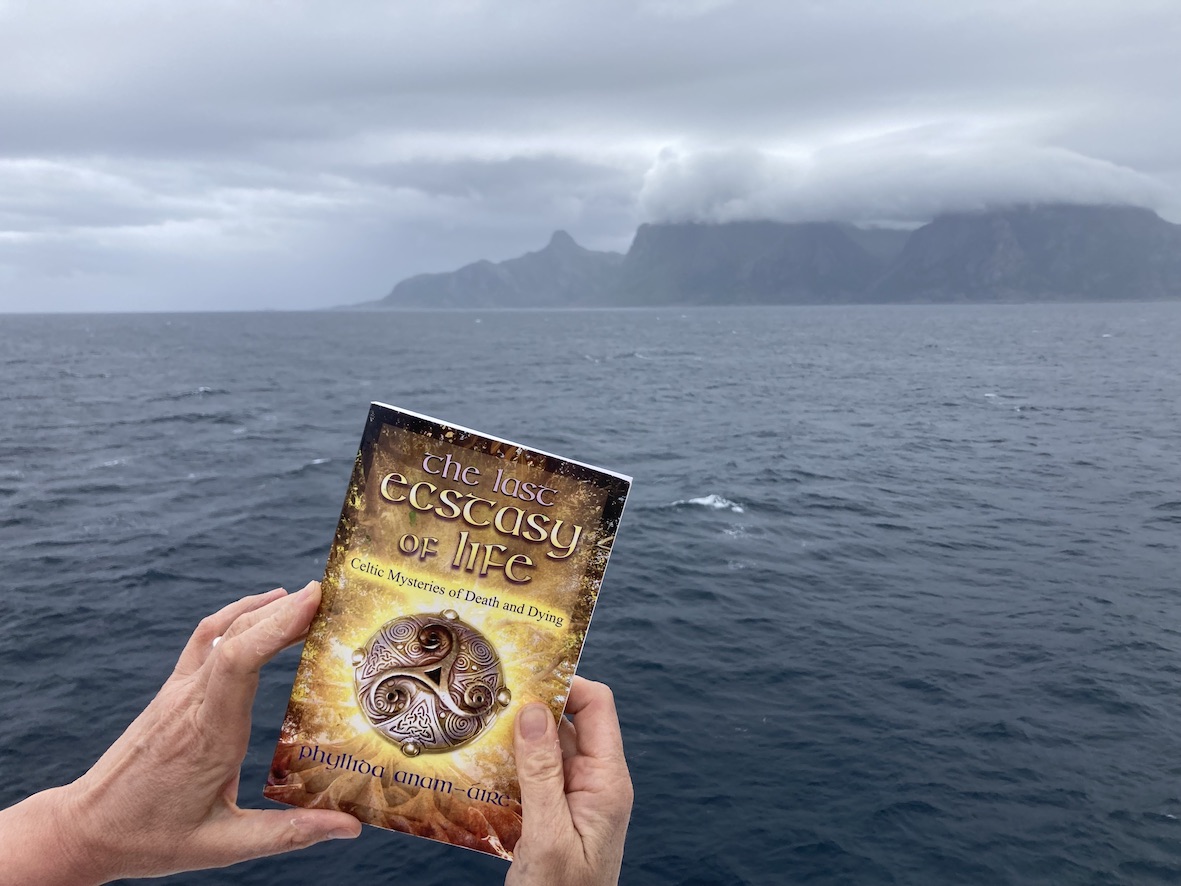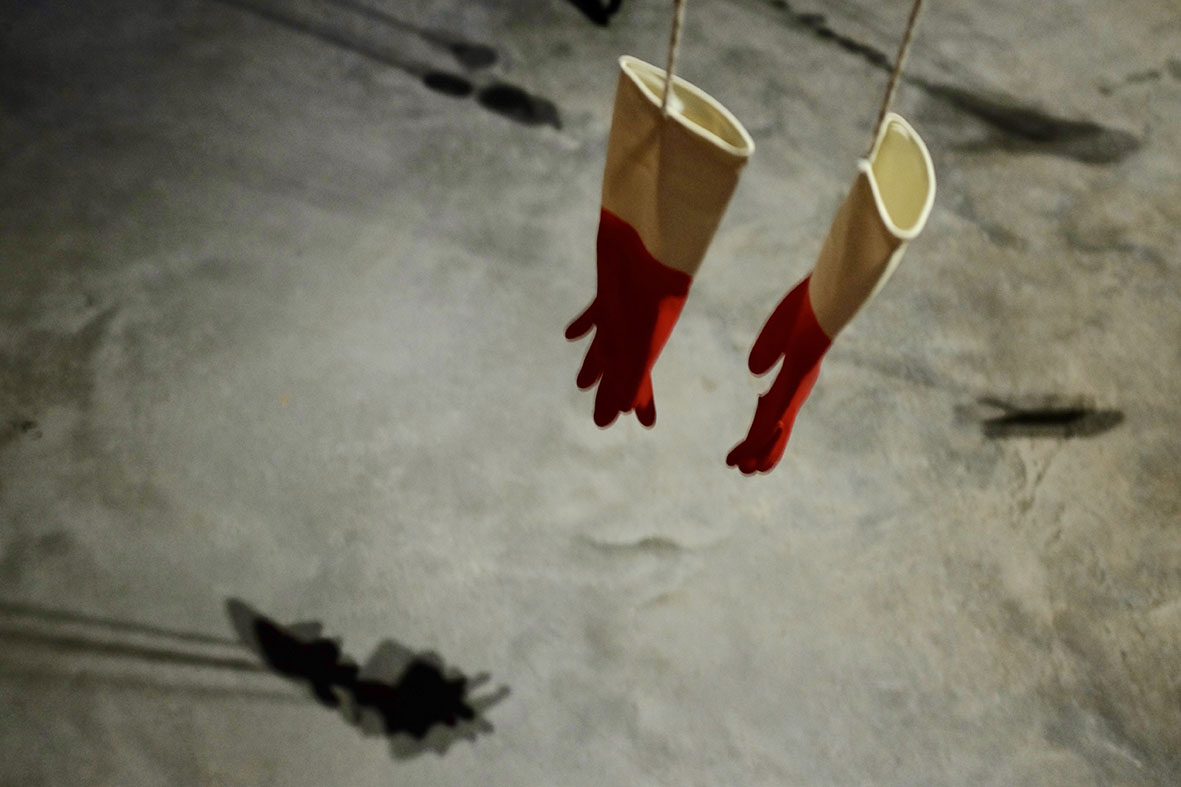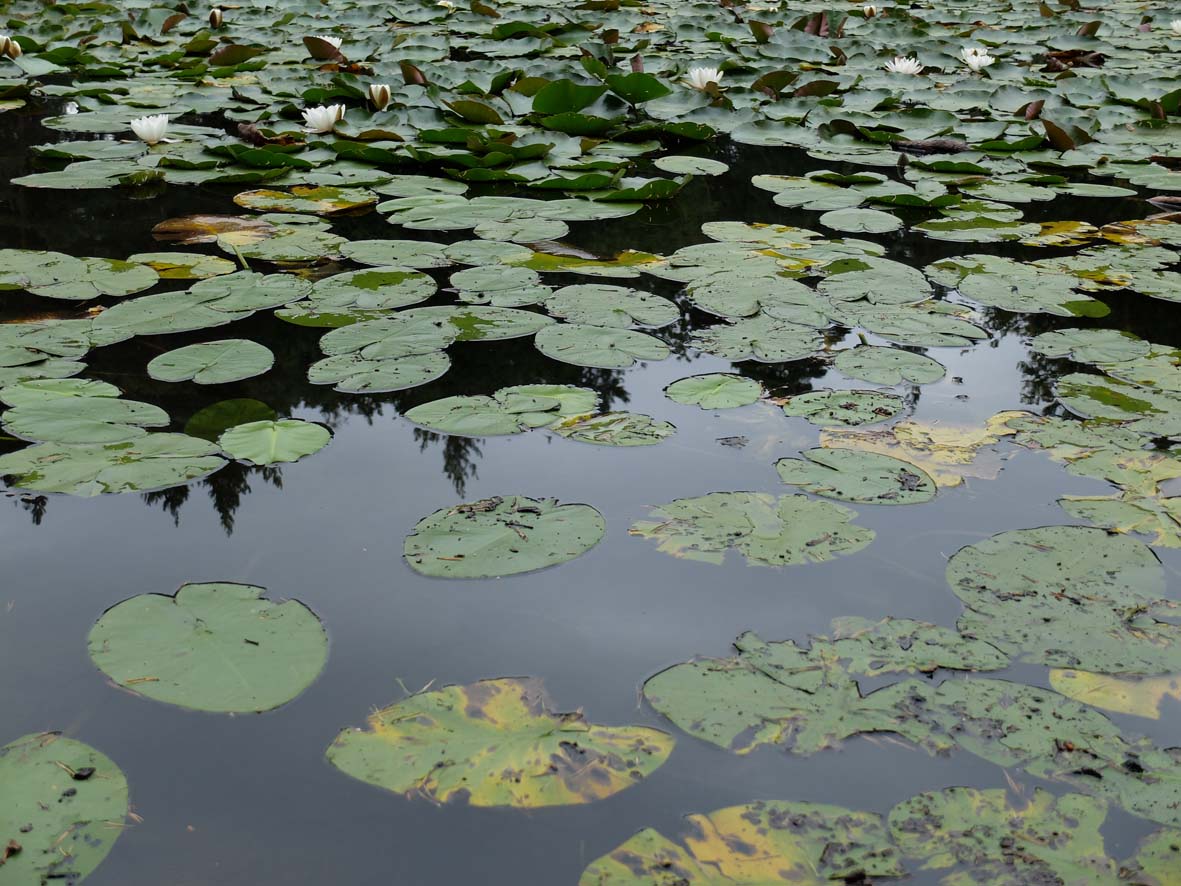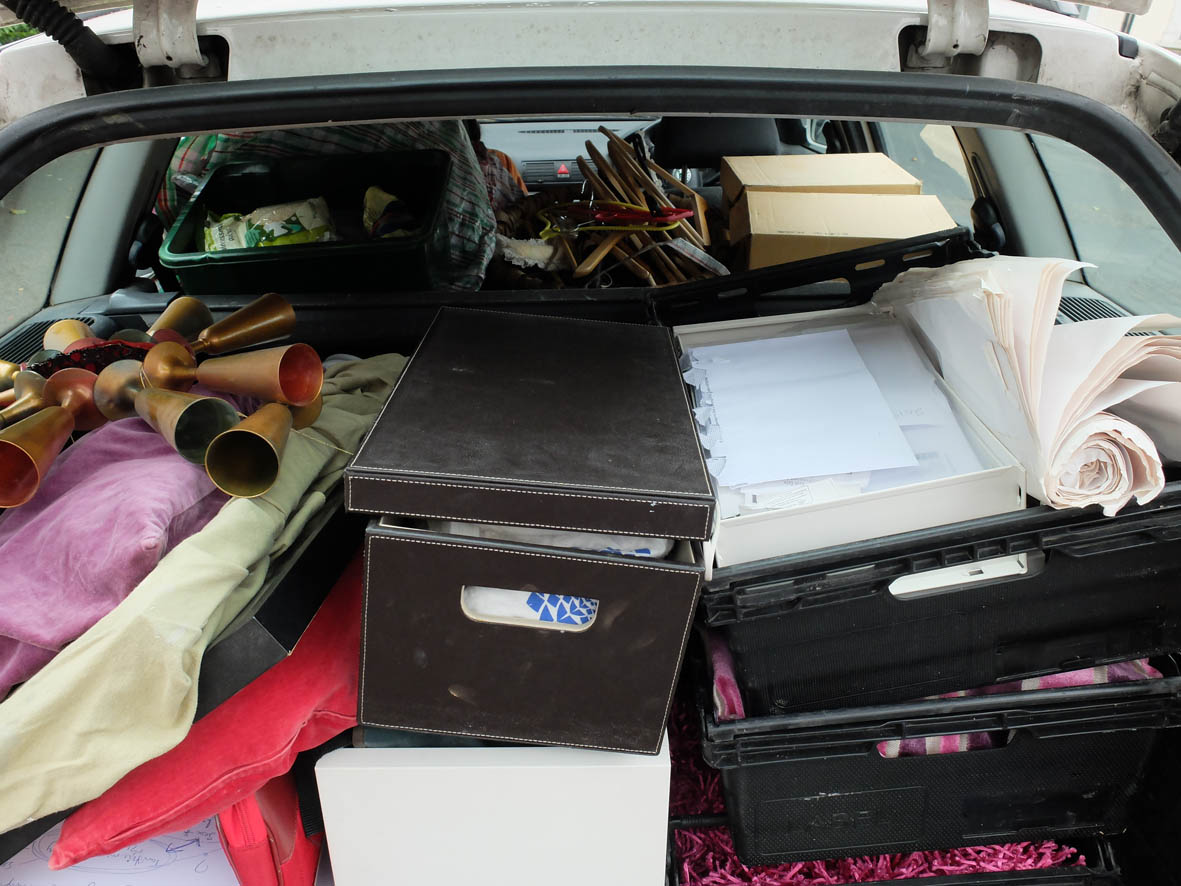18 Jun Hello This is Death
“Why did you become a Grief Tender?” People often ask me why I hold Grief Tending spaces. There have been a number of profound experiences of grief and loss in my life. ‘Hello This is Death’ describes one of them. It is an animated hand-drawn book that I made in 2020 while I was learning to animate with Tony Gammidge. It is a series of images using felt-tip, crayon and ink. ‘Hello This is Death’ tells a visual story of my response to the death of my father.
My father died suddenly at 63. It wasn’t my first encounter with death, but it was the first one that turned my life upside down. I was a typically chaotic, naive 23 year old. It was a very intense time for me as I navigated a huge range of feelings, which is normal in any grief process. I reacted very differently to my mother, which added to my confusion.
There were also a lot of practical steps to take care of, many of which I attempted. In ‘Hello This is Death’ you can see some of the ways I responded to the situation. I try to convey the sense of unreality that I experienced, going through my own grieving process, while normal life continued.
When my father died, I felt as though I didn’t know what to expect, and I didn’t have any skills that were useful. Many people were generally unhelpful, and gave me bad advice. Most didn’t know how to be with someone who is grieving, and even at my father’s funeral someone tried to stop me from crying, just at the moment when I found an outpouring of tears.
Part of my investigation in the decades since he died, has been to find out how to be with death in a better way. I have had the chance to practice being with someone during their final years and last days several times since then. Each time I have learned more about the process of dying, and the practice of grieving.
Watch ‘Hello This is Death’ on YouTube. You can see some of my animated videos about Grief Tending here, and book Grief Tending workshops here.
Sarah Pletts is a Grief Tender and Artist who offers workshops in London and online, sharing rituals where grief on all themes is welcome. For more information about Grief Tending events see here.
